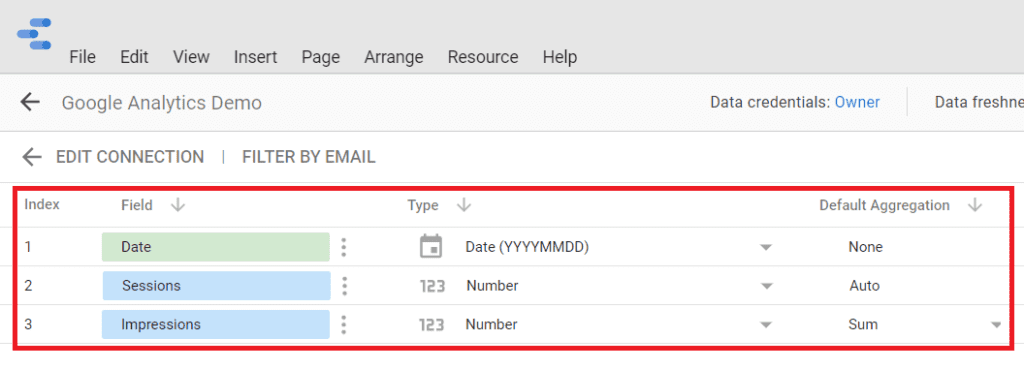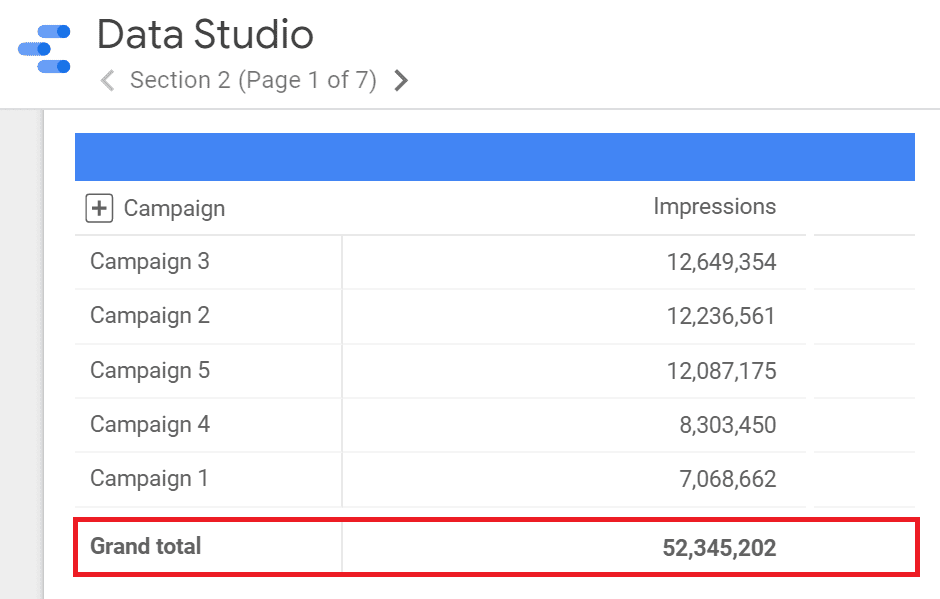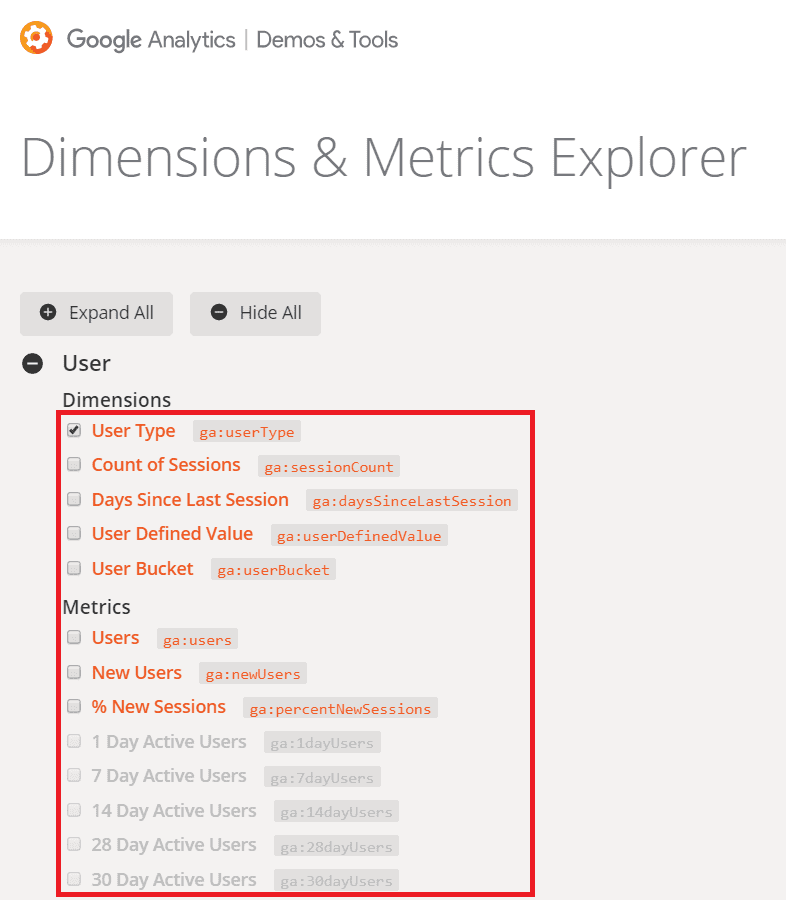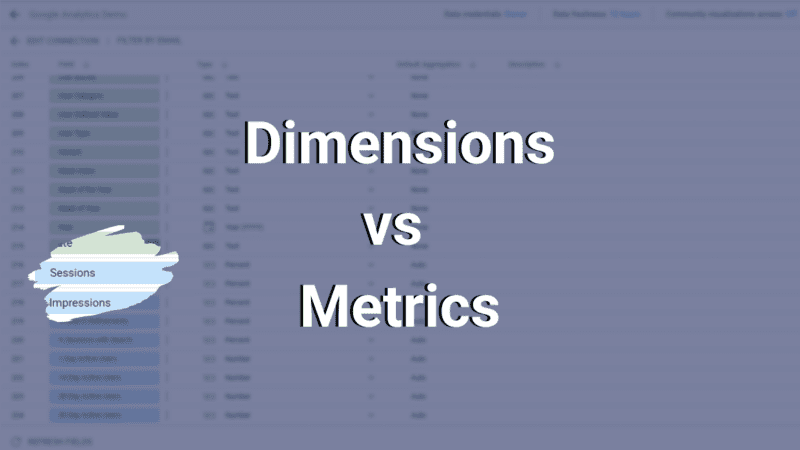The question around “dimensions vs metrics” has come up a few times during my course and various Q&As. Therefore, I have put together a guide for those of you who are dabbling in the web analytics world. Even though it might not seem like a complex concept on the surface, dimension/metric setup can get pretty mind-boggling. In essence, dimensions and metrics are the building blocks of any analytics tool, so whether Google or Adobe Analytics or Data Studio, if you know how they are created, you can master any advanced concept.
What are Metrics and Dimensions?
Dimensions are descriptive values or characteristics of your data. For example, if you are running an eCommerece store and you are selling a lot of different products, the dimension Product would indicate the product name in your inventory – “Shoes”, “Hats”, “Shirts” and etc. Therefore, all those values (we often call those strings) will show up under your Product dimension.
Metrics are numeric in nature and can be measured. In Google Analytics, “Sessions” is a metric, because it quantifies how many times a user has landed on a webpage. There are also calculated metrics that can be computed from existing metrics. The metric “Pages/Session” is one, which shows the average number of pages viewed during a session.
Here are some examples of metrics and dimensions put together in a more visual way:

What is the role of Aggregation and Data Types?
Now that you know the basics, let’s explore the Data Studio data schema to further our understanding. In Data Studio, you can notice that each dimension/metric field has two additional attributes: “[Data] Type” and “Aggregation”.

Type specifies the format of the data you have uploaded. For example, the Date dimension includes data in the YYYYMMDD format. Whereas, “Impressions” and “Sessions” are simply numbers. Other popular data types include boolean, currency, percentage and etc.
Aggregation is the way data is grouped together based on certain criteria. For instance, if you want to ensure the “Impressions” data from all your media campaigns is summed, then you would select a Sum aggregation method (below). However, if you want to see the average of those campaigns, then the aggregation method will be Average.

The most common aggregation methods are Average, Sum, Count, Count Distinct and Max/Min.
How do I know if my dimensions and metrics can be used together?
This is probably the trickiest of all. What determines if your dimensions and metrics can be combined is the so-called “Scope”, a term you will hear a lot across the Google Marketing Platform (GMP). There are three main types of dimension/metric scope:
Hit-Level includes single hit actions, most notably “Pageviews”, “Total Events” and “Page”.
Session-Level includes actions that happen within a timed session, including “Sessions”, “Bounce Rate” and “Source/Medium”.
User-Level encompasses any actions directly tied to a user, as a collection of all his/her sessions and hits. The most commonly used are “Users”, “User Type” and “Session Count”.
Overall, it is important to remember that as a rule of thumb, you can only combine metrics and dimensions from the same scope. Otherwise, your reports might return misleading data. If you want to learn more about how each scope type works and is calculated, I would recommend watching Julian Juenemann’s video “What is Scope in Google Analytics?“; it is probably the best explanation of scope out there.
Quick Tip: If something breaks when using a metric/dimension combo in Data Studio, Google has created a great resource for troubleshooting. The “Dimensions & Metrics Explorer” allows you to select a dimension/metric and see if the combination is going to work. If you cannot combine them, the fields become greyed out. I suggest you try it out, even if you are not using Google Analytics.

I hope this was helpful! If you have any questions, feel free to DM me on LinkedIn or subscribe to my newsletter for more updates ?
